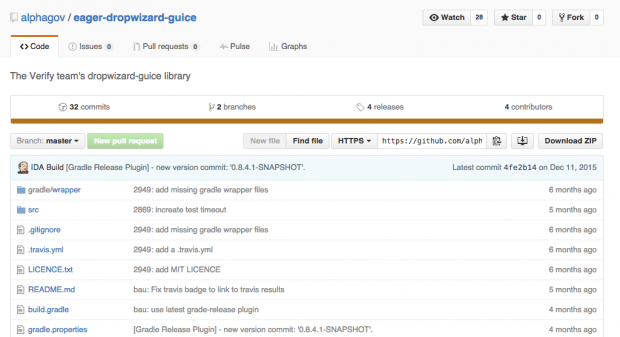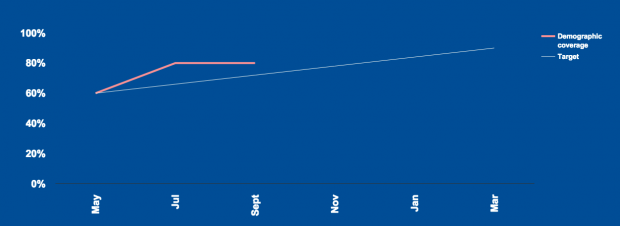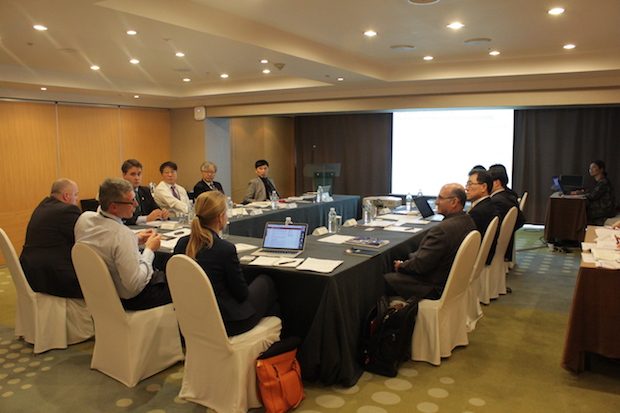Releasing safe and useful code for GOV.UK Verify

...to why this cannot be done for specific subsets of the source code). This post is about how we’re going to open up our code. It explains what we’ve opened...

...to why this cannot be done for specific subsets of the source code). This post is about how we’re going to open up our code. It explains what we’ve opened...

...GOV.UK Verify in accordance with the Technology Code of Practice, the Identity Assurance Principles and the Code of Interoperability. We’ll need to adapt these procedures to work for local government...

...published We made the first small step towards opening up our codebase this year when we published a small module of code. There is a lot more to come in...

...The codebase for GOV.UK Verify is mainly java microservices at the backend. At the frontend we use Jade as our templating language. However, we’re currently rebuilding the frontend of the...
James Stewart has published a post about how GDS decides when it's ok not to publish source code. The identity assurance programme operates within the approach outlined by James. We...

...app to generate a security code or to receive a security code on your landline phone, rather than waiting for a text to arrive, so you don’t need a mobile...
...in our codebase and allow us to deploy new code faster Things we plan to do next Over the Christmas period we have a change freeze and are not deploying...
Last week, the GDS Identity Assurance Programme, as an acknowledged leader in the space, played host to government counterparts from Australia, Canada, Denmark, Japan, New Zealand and Sweden (sadly the...

...which consists of Canada, Australia, Denmark, Israel, Mexico, Japan, New Zealand, UK, and the USA. Subscribe to the blog to keep up to date with our progress. You can also...
Today we're publishing two posts that explain what we're doing to protect users' privacy when they use GOV.UK Verify. For the last three years we've been working with our Privacy...